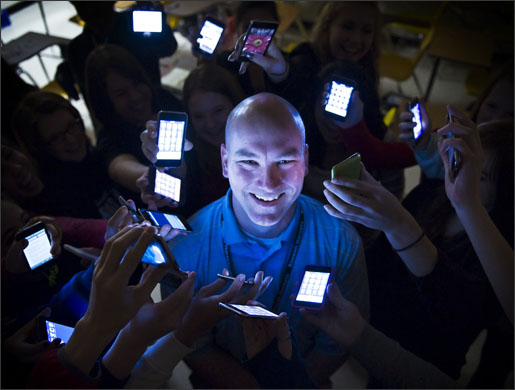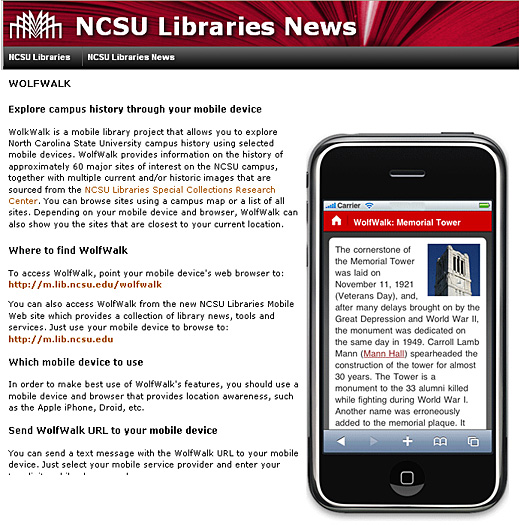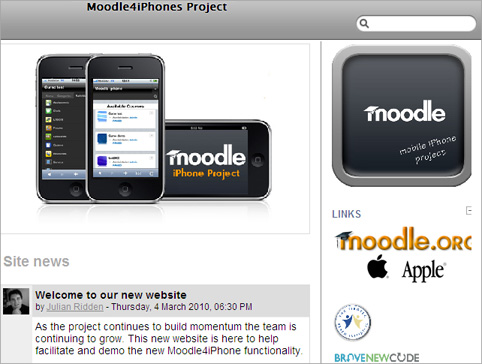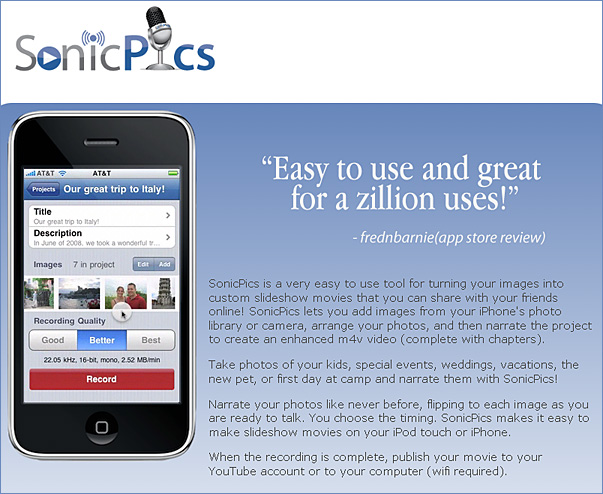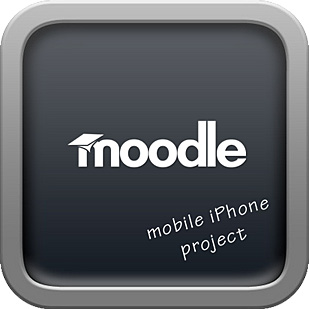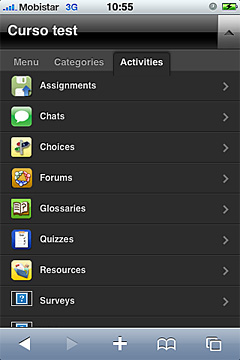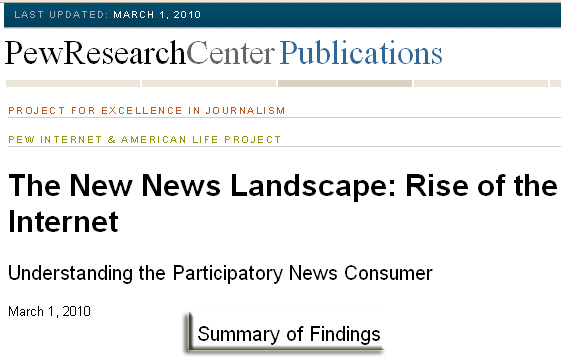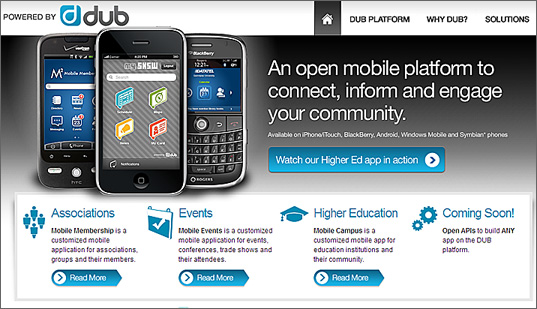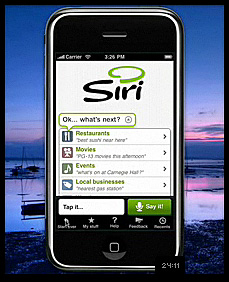Harnessing America’s Wasted Talent — from Peter Smith

“President Obama offered America and the world renewed hope for a better tomorrow. With decades of experience in alternative forms of higher education, Peter Smith grabs that optimistic spirit and seizes the moment to reveal to us the exciting age of Web-based teaching and learning, which is opening access to untold numbers of learners while harnessing the previously wasted talents of millions of people in America and billions around the world. Those seeking insights, a vision of the future, and a chance to join this educational revolution should look forward to Harnessing America’s Wasted Talent.”
—Curtis J. Bonk, professor, Indiana University, and author, The World Is Open: How Web Technology Is Revolutionizing Education
“Anyone who wants to understand where American higher education is headed should read Harnessing America’s Wasted Talent. Peter Smith’s vision of the future of higher education is based on several decades of experience—at the national, state, and international levels. He brings a rare perspective that will interest students, educators, politicians, and those American business leaders who are worried about the future of our workforce and the health of our democracy.”
—Charles Kolb, president, The Committee for Economic Development
“Harnessing America’s Wasted Talent is a must-read for those of us concerned about the increasing economic and education gaps in our country. Peter Smith takes on an important American disconnect: the need for an educated workforce and the fact that most working Americans lack a college degree. Drawing upon his experience in higher education and politics, Smith dissects the problem and presents a contemporary, practical plan to enhance the learning capacity of our country.”
—Joseph B. Moore, president, Lesley University
Table of Contents
Part One: The Law of Thirds.
1 Wasted Talent.
2 Maxed Out: Why Colleges Can’t Meet This Challenge.
3 The Paradox of Personal Learning.
Part Two: Dangerous Conceits.
4 Different Strokes for Different Folks.
5 Learning Is More Than “Strictly Academic”.
6 You Can’t Get There from Here.
Part Three: From Access to Success: A New Ecology of Learning.
7 The End of Scarcity: Education’s Emerging Long Tail.
8 Game Changers: New Media and the Open Education Resource Movement.
9 Reaching the Middle Third: Talent-Friendly Colleges for the Twenty-First Century (C21Cs).
Conclusion: A New Ecology of Learning.









